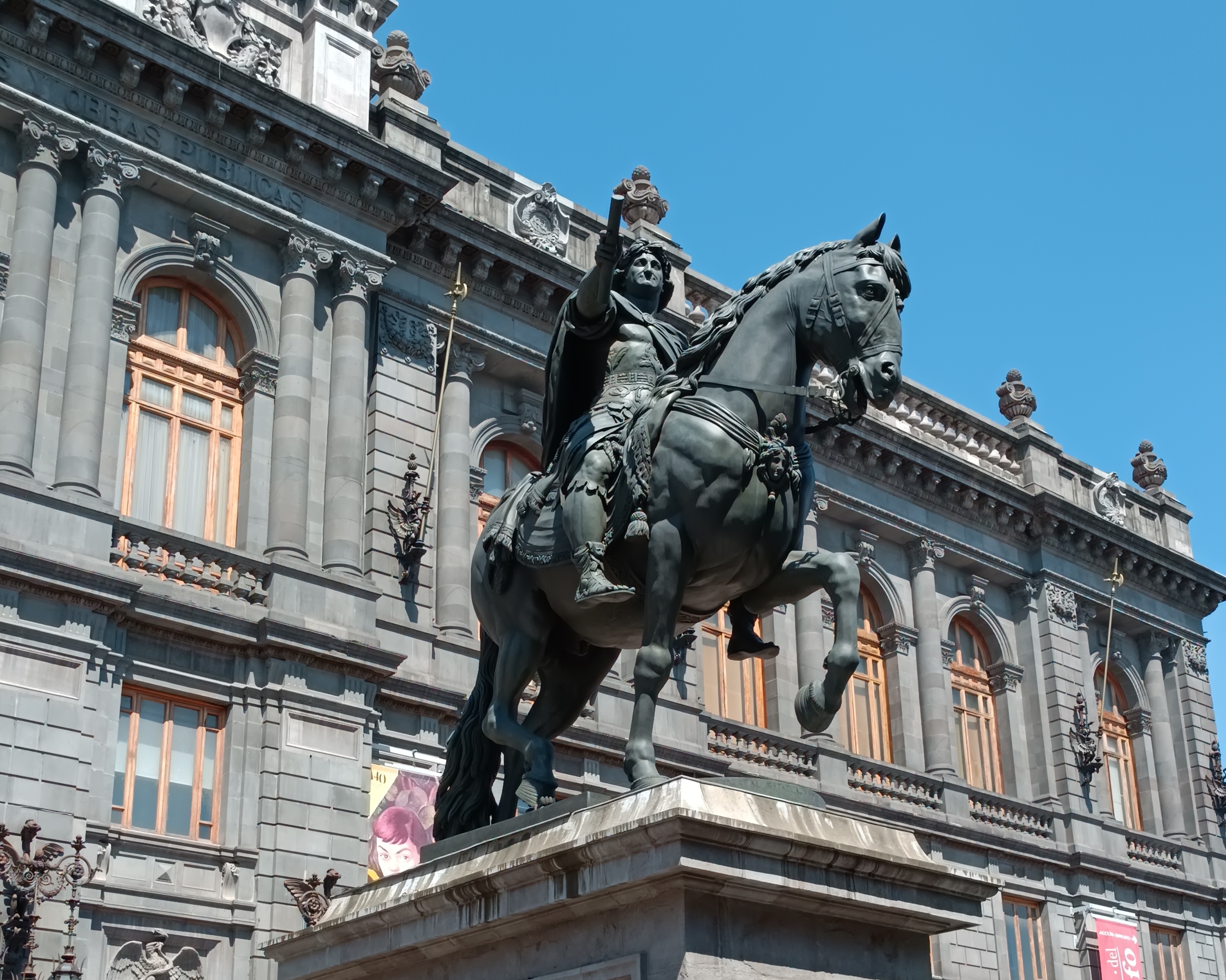

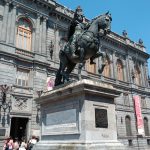 This beautiful sculpture, popularly known as "El Caballito", is the work of the Valencian architect Manuel Tolsá. It was made at the request of the Viceroy Marquis of Branciforte.
The sculpture was cast in the garden of the Colegio de San Gregorio, completed by 1803 and placed in December of that year in the main square of the city. After the victory of the Trigante Army, the statue "rode" to the main patio of the University building. Several years later it was placed at the intersection of Paseo de la Reforma and Bucareli Avenue. Since 1979 the sculpture is admired on the old gardens of the Palacio de Comunicaciones, today known as Plaza Tolsá.
It represents Charles IV, King of Spain, dressed as a Roman emperor and riding a trotting horse. The pedestal on which the work stands is the work of the architect Lorenzo de la Hidalga and dates from 1852. It is considered one of the three most important equestrian sculptures in the world.
This beautiful sculpture, popularly known as "El Caballito", is the work of the Valencian architect Manuel Tolsá. It was made at the request of the Viceroy Marquis of Branciforte.
The sculpture was cast in the garden of the Colegio de San Gregorio, completed by 1803 and placed in December of that year in the main square of the city. After the victory of the Trigante Army, the statue "rode" to the main patio of the University building. Several years later it was placed at the intersection of Paseo de la Reforma and Bucareli Avenue. Since 1979 the sculpture is admired on the old gardens of the Palacio de Comunicaciones, today known as Plaza Tolsá.
It represents Charles IV, King of Spain, dressed as a Roman emperor and riding a trotting horse. The pedestal on which the work stands is the work of the architect Lorenzo de la Hidalga and dates from 1852. It is considered one of the three most important equestrian sculptures in the world.
Heart of México Walking Route: Manuel Tolsá - S Veracruz Route
< < MUNAL | Palacio de Minería > >
Proyecto “Corredor de Cultura Digital”.
Nombre de la investigación: Investigación Centro Histórico, Monumentos, Edificios y Puntos de Interés (2023)
Dirección de investigación y diseño de Rutas: Acércate al Centro A.C. Guadalupe Gómez Collada
Coordinación e investigación histórica: Fideicomiso del Centro histórico Dir. Maestra Loredana Montes

The National Art Museum in Mexico City's Centro Histórico is always going to be a holiday highlight.

One of Mexico City's most beautiful historic squares, it's a meeting place for booklovers and dealers.
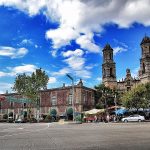
Presiding over Avenida Balderas like a fount of history, the Old Hipolito Church still strikes a somber chord.
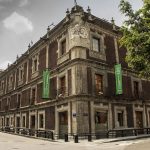
One of the most painstakingly restored 17th century complexes in the City, MIDE tackles a tough subject with style.
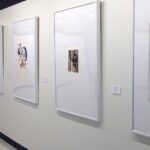
The National Print Collection is an enormous trove of important printed works from a wide variety of techniques.